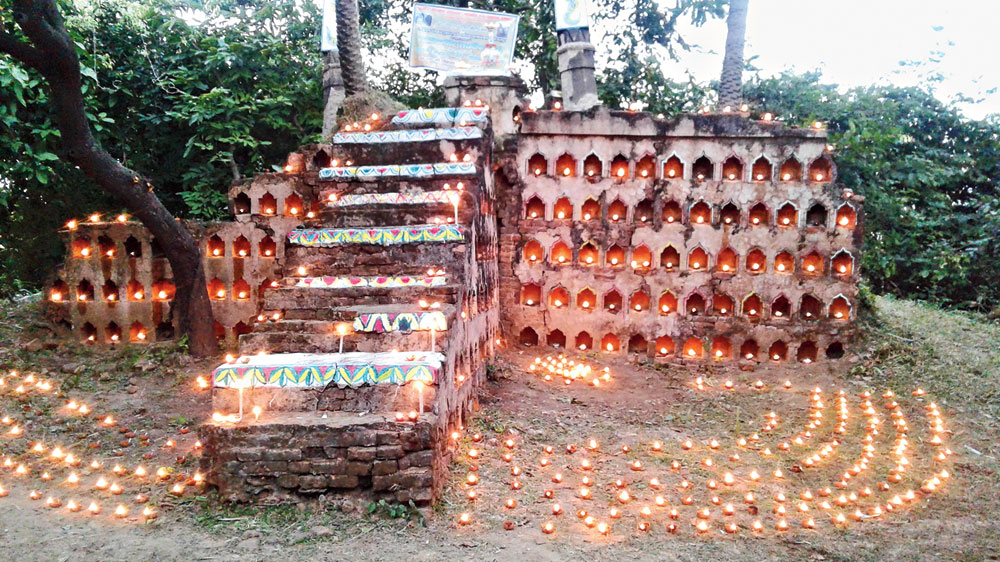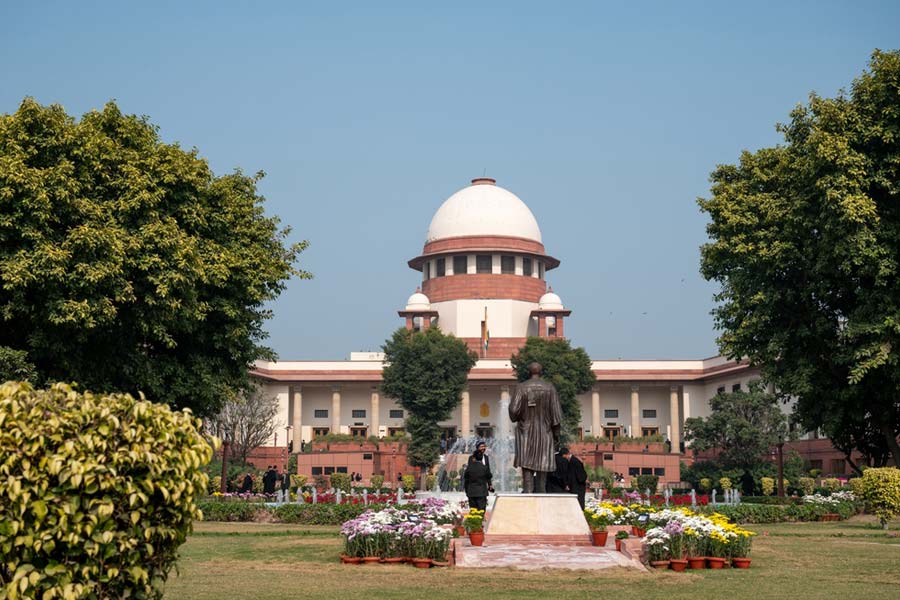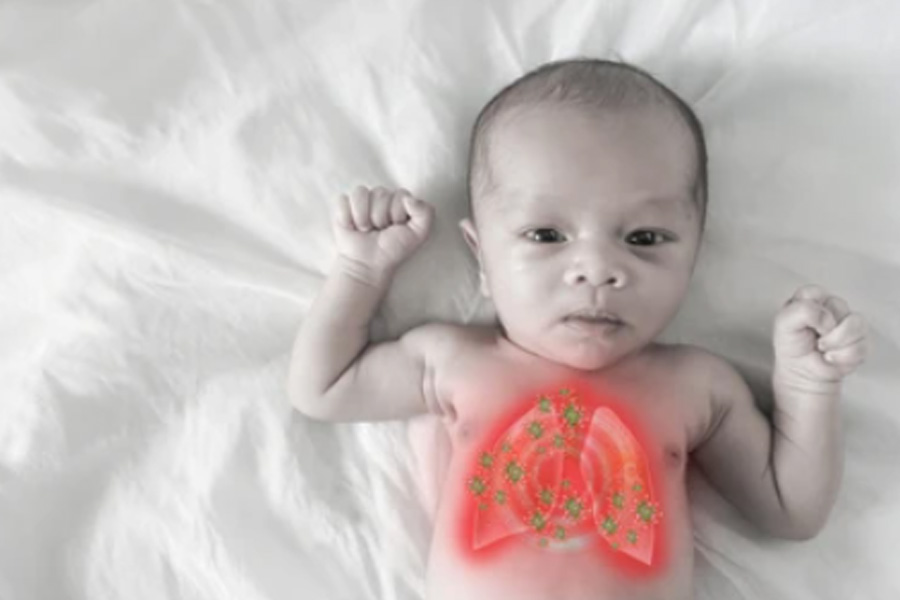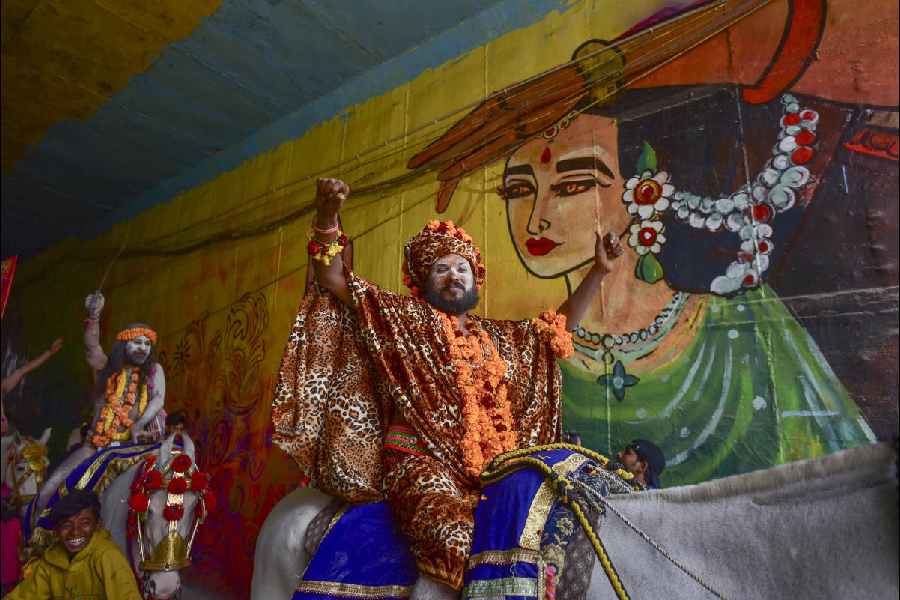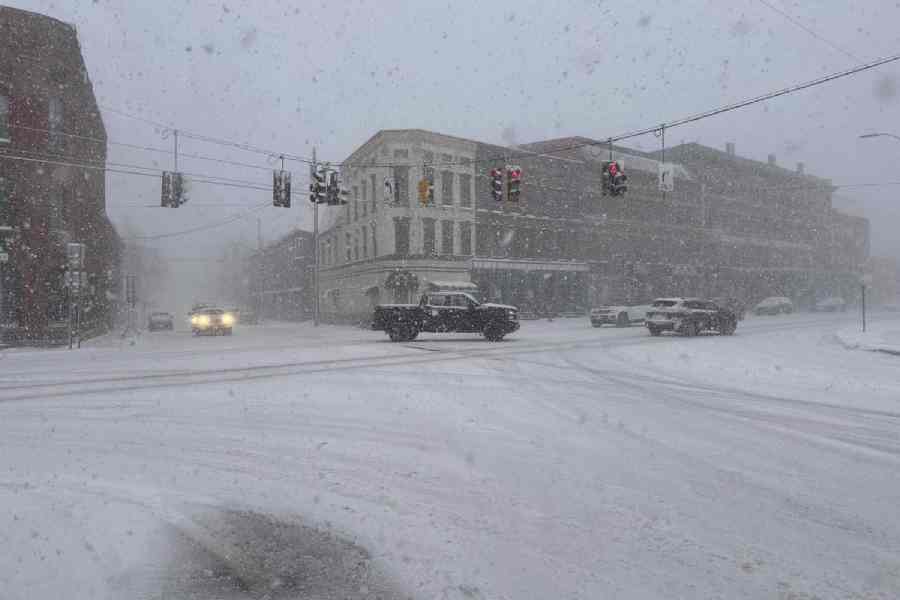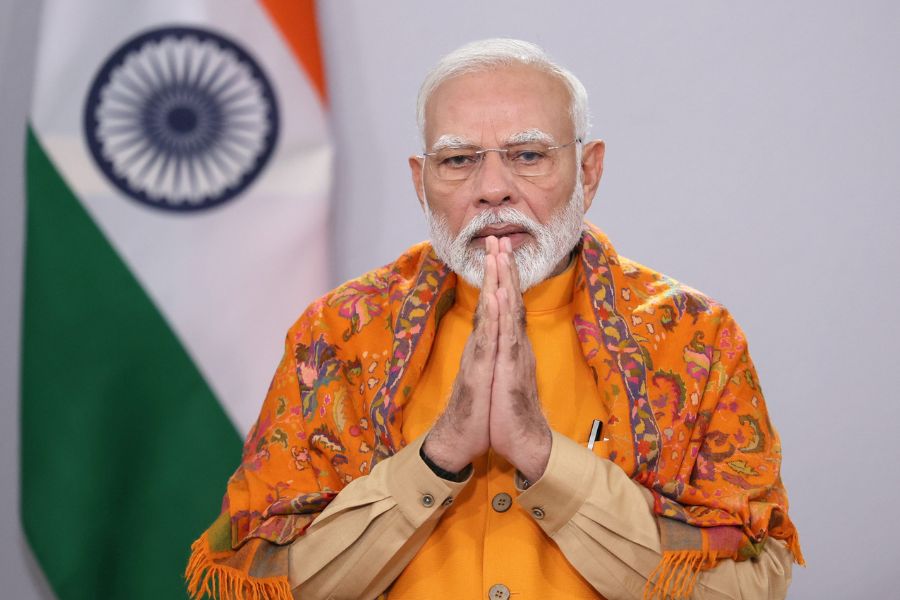When a bunch of students and members of a volunteer organisation lit lamps on Octo ber 30 at the ruins of the Lakshadeep temple in the Mandar hill area of Banka district around 281 km south-east of Patna, they were trying to revive a tradition hundreds of years old. The temple used to be lit up with one lakh diyas during the time of the Pala dynasty from the 8th to the 12th century.
The students, from the postgraduate department of ancient Indian history, culture and archaeology at the Tilka Manjhi Bhagalpur University (TMBU), and the organisation members were also giving expression to the demand to revive such historical temples and ruins.
The varsity department has approached former Archaeological Survey of India (ASI) director Mohammad KK for renovation of such ruined temples.
According to Behari Lal Choudhary, head of history department at TMBU, senior history teacher Raman Sinha, and former deputy director in the state's public relation department Shivshanker Singh Parijat approached Md K.K. when visited Bhagalpur recently. “KK saheb sought documents and photographs of the temples in their present form,” Choudhary said.
On October 30, staff from the history department of SM College in Bhagalpur and members of the Mandar Vikash Parisad also conducted a cleanliness drive in the Mandar hill area. They cleared bushes that had grown at the temple and decorated it with Manjusha art.
Bhagalpur zone deputy inspector-general of police (DIG) Vikash Vaibhav, who was the chief guest, stressed on the need for such initiatives to revive the area's past. 'Mandar holds a place in Hindu mythology and was also an important Buddhist centre during the Pala era,' he said.
Parijat said queen Kona Devi from the Chola dynasty in south India had contracted a skin disease of which she was cured after taking bath in the Papharani, a tank on the foothills of the Mandar hill. Earlier, the tank was surrounded by medicinal plants.
Ravi Shanker Choudhary, another history teacher from SM College, too spoke of remains of some unique sculptures and monuments that date back to the Pala period.

